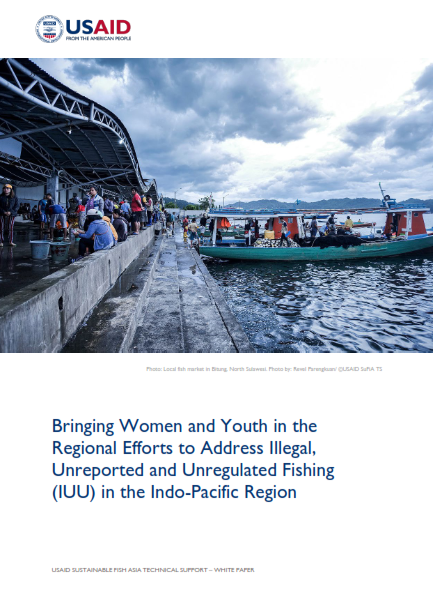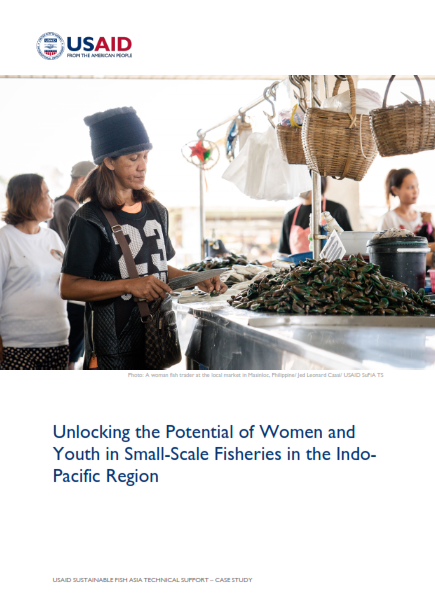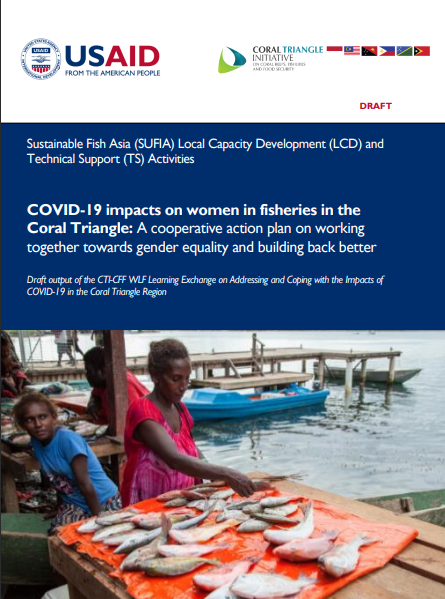Guidelines Proposed for Designing Integrated Multi-Objective Marine Reserve Networks
Noting a largely unmet need for integrated guidelines for practitioners who wish to design marine reserves that all at once address objectives on fisheries, biodiversity and climate change, a paper published in a recent issue of the journal Coastal Management (external link) has put forward a set of ecological considerations and guidelines for a multi-objective marine reserve network design.
“Previous studies provided advice regarding ecological guidelines for designing marine reserves to achieve one or two of these objectives. While there are many similarities in these guidelines, there are key differences that provide conflicting advice. Thus, there is a need to provide integrated guidelines for practitioners who wish to design marine reserves to achieve all three objectives simultaneously,” the authors point out, noting further that there are new scientific findings on fish stocks and habitat connectivity, recovery rates and vulnerability to climate-ocean change to allow the refinement of existing advice for marine reserve design.
The paper offers guidelines to simultaneously achieve fisheries, biodiversity and climate change objectives based on six ecological considerations, summarized broadly below:
- Habitat representation – To maximize benefits to fisheries management and biodiversity conservation in the face of climate change, marine reserves should encompass between 20% and 40% of each major habitat, depending on fishing pressure and whether there is effective fisheries management in place outside reserves. If fishing pressure is high and the only protection offered to fisheries species is in marine reserves, then the proportion of each major habitat in reserves should be greater than 30%. If effective fisheries management is in place outside reserves, or if fishing pressure is low, then a lesser level of protection (20%) is needed.
- Risk spreading -- It is important to protect at least three examples of each major habitat in marine reserves and spread them out to reduce the chance that all examples will be adversely impacted by the same disturbance.
- Protecting critical, special and unique areas -- It is important to protect the range of habitat areas that species use throughout their lives in marine reserves (especially during critical life history phases) and to ensure that reserves protecting each of these habitats are spaced to allow for movements of focal species among them. If the temporal and spatial location of these areas is known, they should be protected in permanent or seasonal marine reserves. If the location of these areas is unknown, or the scale of movement is too large to include in individual marine reserves, they can be protected within a network of marine reserves in combination with other management approaches.
- Allowing time for recovery – Benefits can be realized for some species in the short term (less than 5 years), especially in areas with low fishing pressure, but long-term protection allows all species the opportunity to grow to maturity, increase in biomass and contribute more, and more robust, eggs and larvae for population replenishment. Marine reserves should therefore be in place for the long-term (20-40 years), preferably permanently. Short-term or periodic reserves should be used in addition to, rather than in place of, long-term or permanent reserves.
- Adapting changes in climate and ocean chemistry -- Scientists suppose that habitats and species are likely to be more resistant or resilient to future climate and ocean change in areas where habitats and species are known to have withstood environmental changes or extremes in the past, sea surface temperatures and ocean carbonate chemistry are historically variable and habitats and species are more likely to withstand changes in those parameters in the future, and there are adjacent low-lying inland areas without infrastructure that coastal habitats can expand into as sea levels rise. Such potential climate change refugia should be protected within marine reserves, because they are likely to be important for sustaining fisheries benefits and maintaining biodiversity in the face of climate change.
- Minimizing and avoiding local threats -- It is important to minimize or avoid threats in marine reserves, and prioritize areas for protection that are more likely to contribute to ecosystem health, fisheries productivity, and resilience to climate change. Local threats that originate within reserve boundaries (e.g., overfishing, destructive activities) can be managed within reserves. Other threats that originate beyond reserve boundaries (e.g., runoff of sediments and nutrients from land) must be addressed by integrating marine reserves within broader management frameworks.
The authors recommend further that if there is a need to compromise in the application of these guidelines, “practitioners should prioritize applying ecological guidelines regarding representation and replication of major habitats and minimizing and avoiding local threats, since application of these guidelines increases the likelihood of protecting the range of species, habitats, and processes of importance, and of ensuring against the impacts of unpredictable disturbances.”
The publisher is offering free access to the full report until April 30, 2014. To avail of this offer, click here (external link).



